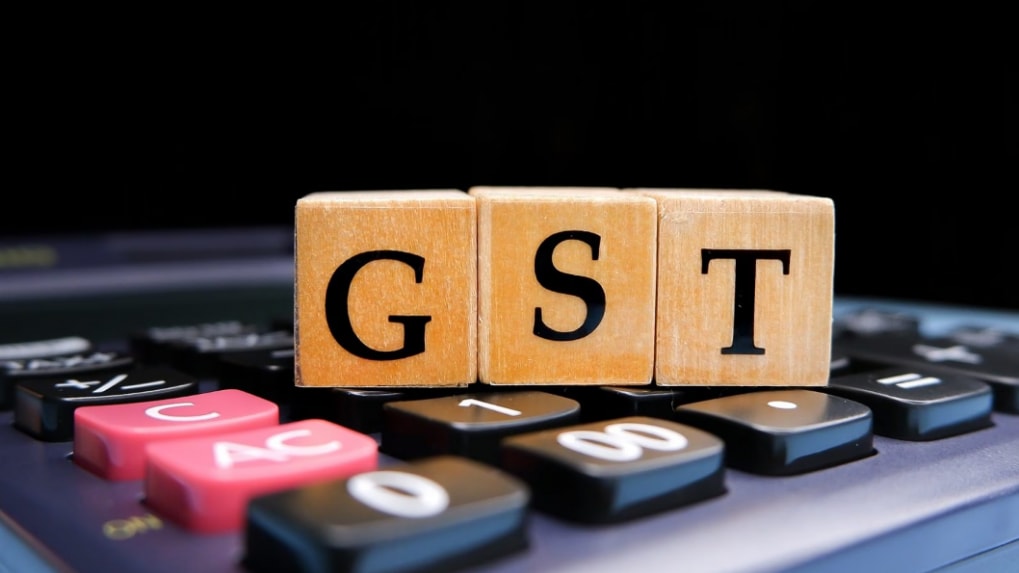Digital
Why OpenAI is hiring 100 ex-bankers: Inside the ChatGPT-maker's secret project to automate Wall Street's grunt work

From today, a significant revamp of India's tax regime, known as Next-Generation GST or GST Bachat Utsav, is officially in effect. According to Finance Minister Nirmala Sitharaman, the overhaul aims to inject over Rs 2 lakh crore into the economy by boosting consumer spending. This new system introduces major changes, making many essential goods and services cheaper while imposing higher taxes on luxury and "sin" items.
What's Getting Cheaper?
In a move set to benefit everyday households, the new GST regime slashes rates on a wide range of products.
Daily Essentials & Food
UHT milk, paneer, and chena will now see a significant tax reduction.
All popular Indian breads like chapati, roti, and paratha have been moved to the Nil GST bracket.
Popular food items such as butter, biscuits, namkeen, jams, and juices will also see lower prices.
Health & Education
More than 30 lifesaving drugs and therapies for serious conditions like cancer will now have zero tax.
Stationery items, including pencils, erasers, notebooks, and maps, will also be cheaper, a move poised to lower costs for students and schools.
Medical devices like diagnostic kits and glucometers are now taxed at a reduced rate of 5%.
Consumer Goods & Services
Major household electronics like ACs, TVs, washing machines, and dishwashers have seen their GST rate drop from 28% to 18%.
Cement for home construction is now 18%, down from 28%.
Common services like haircuts, salon services, yoga, and gym memberships will now be more affordable.
What's Getting More Expensive?
To offset the revenue loss, the government has imposed a higher 40% GST rate on luxury and "sin" goods by merging the cess with the tax.
Luxury & "Sin" Items
Items like cigarettes, bidis, pan masala, and chewing tobacco will face a significant price hike.
Online gaming and betting will also become more expensive.
Aerated beverages like Coca-Cola and Pepsi will now be subject to the new 40% GST rate.
Vehicles & Dining
Luxury cars (SUVs/MPVs) and powerful motorcycles above 350cc will now have a 40% GST rate.
Dining at premium, air-conditioned restaurants will be more expensive.
Premium smartphones and other imported gadgets will also fall into a higher tax bracket.
The government hopes this targeted approach will not only simplify the tax structure but also stimulate the economy by making daily necessities more accessible to a larger segment of the population.
From purpose-driven work and narrative-rich brand films to AI-enabled ideas and creator-led collaborations, the awards reflect the full spectrum of modern creativity.
Read MoreIn a wide-ranging interview with Storyboard18, Sorrell delivers his frankest assessment yet of how the deal will redefine creativity, media, and talent across markets.